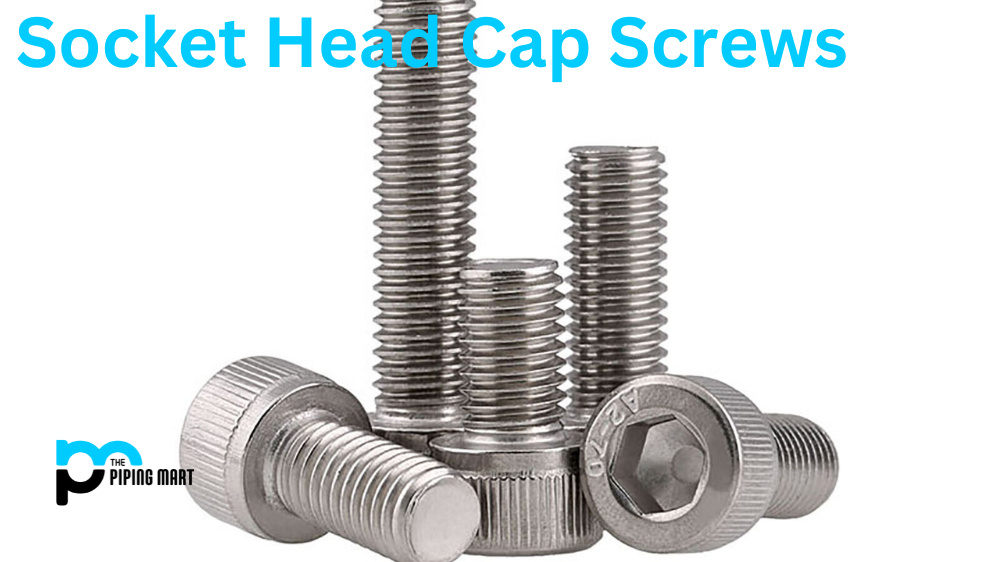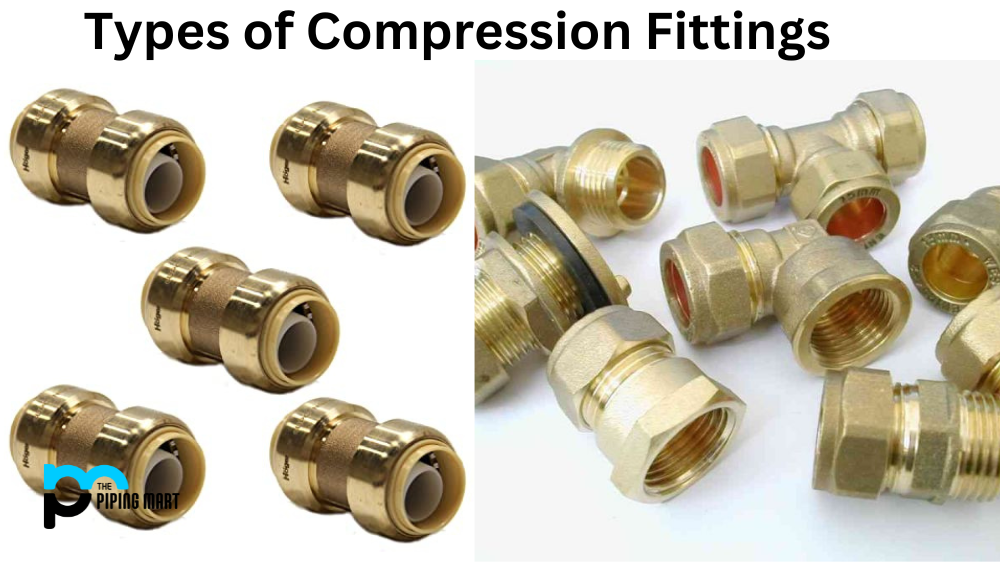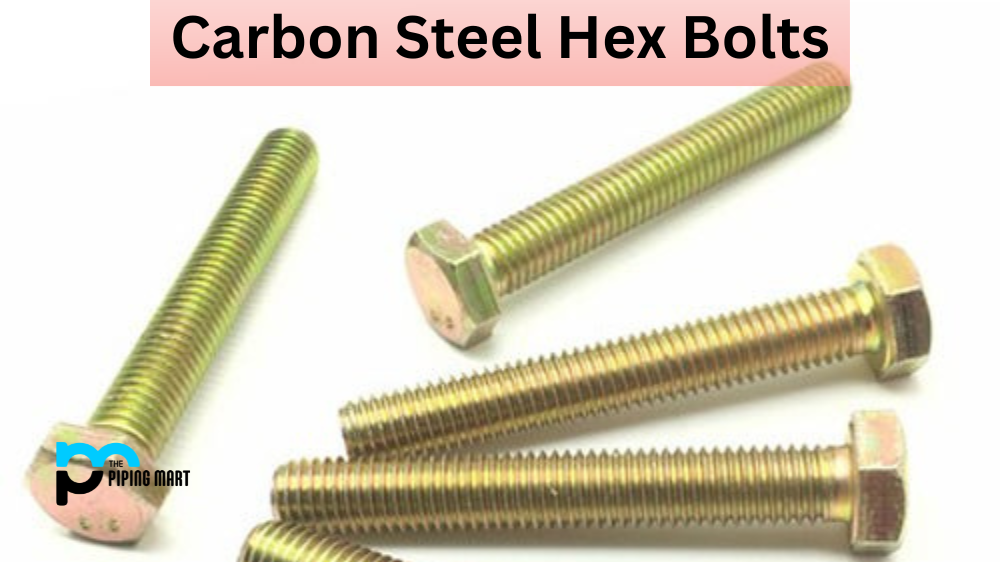Regarding construction, various bolts and anchors are used to secure structures to foundations or walls. Two of the most popular options are J-bolts and anchor bolts. But as a construction expert, which one should you use for your project? In this blog, we’ll explore the key differences between J-bolts and anchor bolts to help you make an informed decision.
What is J-Bolt?
As the name suggests, J-Bolts have a “J” shape at one end, providing a hook-like feature for easy installation. They’re commonly used to secure piping systems or light poles to concrete foundations but are generally recommended for only some structural applications. J-Bolts come in various sizes, materials, and finishes to cater to specific construction needs.
What is Anchor Bolt?
On the other hand, Anchor bolts are more versatile and have a two-part design consisting of a threaded fastener and an installed anchor body. They secure heavy-duty structures such as machinery, equipment, and large buildings to concrete walls, floors, or foundations. Anchor bolts come in various types, including wedge anchor bolts, sleeve anchor bolts, and concrete screw anchors, providing more options for different construction needs.
Difference Between J-Bolt and Anchor Bolt
When comparing the two options, it’s essential to consider the load capacity needed for the project. J-bolts typically have lower strength than anchor bolts, making them unsuitable for heavy-duty applications. Anchor bolts, especially wedge anchor bolts, provide high tensile and shear strength, making them ideal for structural applications.
Another crucial factor to consider when choosing between J-bolts and anchor bolts is the installation process. J-bolts can be easier to install, but they don’t provide a positive stop, which means there’s room for error, leading to weaker connections. Installing anchor bolts may take longer, but they provide a more secure connection due to their two-part design and positive stop system.
When deciding between J-bolts and anchor bolts, it’s also essential to consider environmental factors. While both options can rust over time, anchor bolts, especially stainless steel, are relatively corrosion-resistant. On the other hand, J-bolts made of ordinary steel may require regular maintenance in areas with high humidity or coastal regions.
- J bolts are L-shaped bolts that are used to anchor materials to concrete.
- Anchor bolts are also used to anchor materials to concrete, but they are U-shaped.
- J bolts are typically made from carbon steel, while anchor bolts can be made from various materials.
- J bolts must be embedded in concrete before it sets, while anchor bolts can be installed after the concrete has been placed.
- J bolts are more likely to loosen over time than anchor bolts.
- J bolts can be used in various applications, including attaching beams to foundations and brackets to walls.
- Anchor bolts can also be used in various applications but are more commonly used in seismic retrofitting projects.
- J bolts are typically stronger than anchor bolts but are also more expensive.
Conclusion
J-bolts and anchor bolts are two popular options for securing structures to concrete foundations or walls in construction. Choosing between them requires careful consideration of load capacity, installation process, and environmental factors. While J-bolts may be ideal for lighter applications, anchor bolts provide a more secure and long-lasting connection for challenging structural projects. Regardless of your choice, consult an experienced professional to ensure you use the right option for your specific construction needs.

Abhishek is a seasoned blogger and industry expert, sharing his insights and knowledge on various topics. With his research, Abhishek offers valuable insights and tips for professionals and enthusiasts. Follow him for expert advice on the latest trends and developments in the metal industry.




